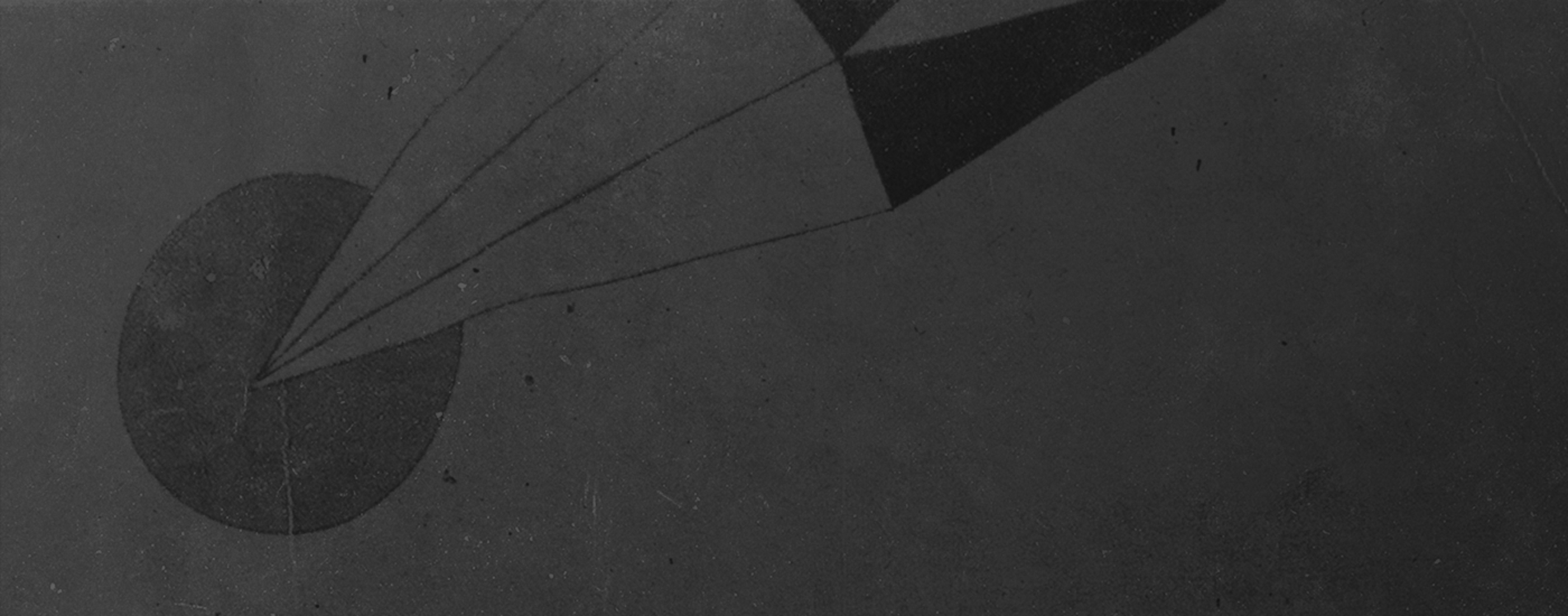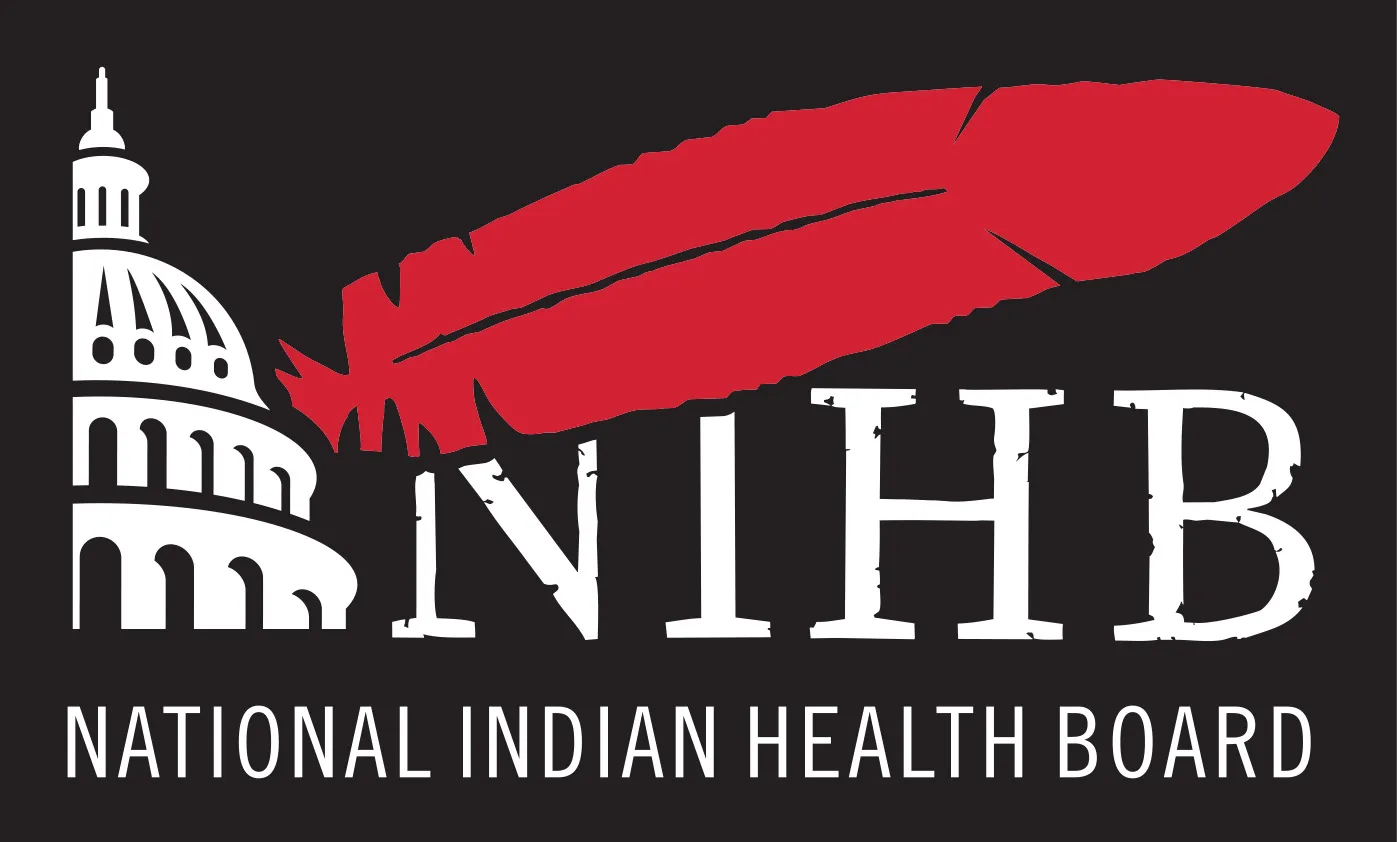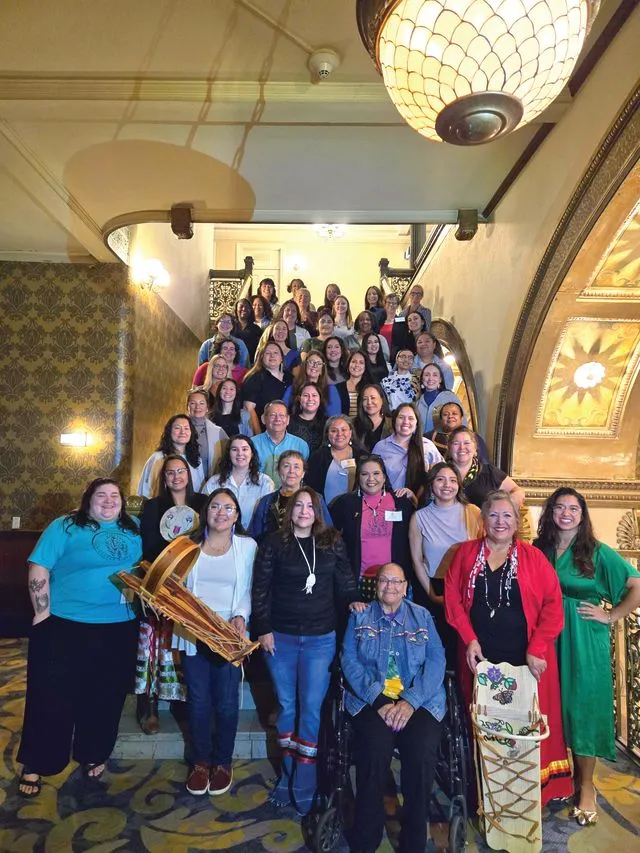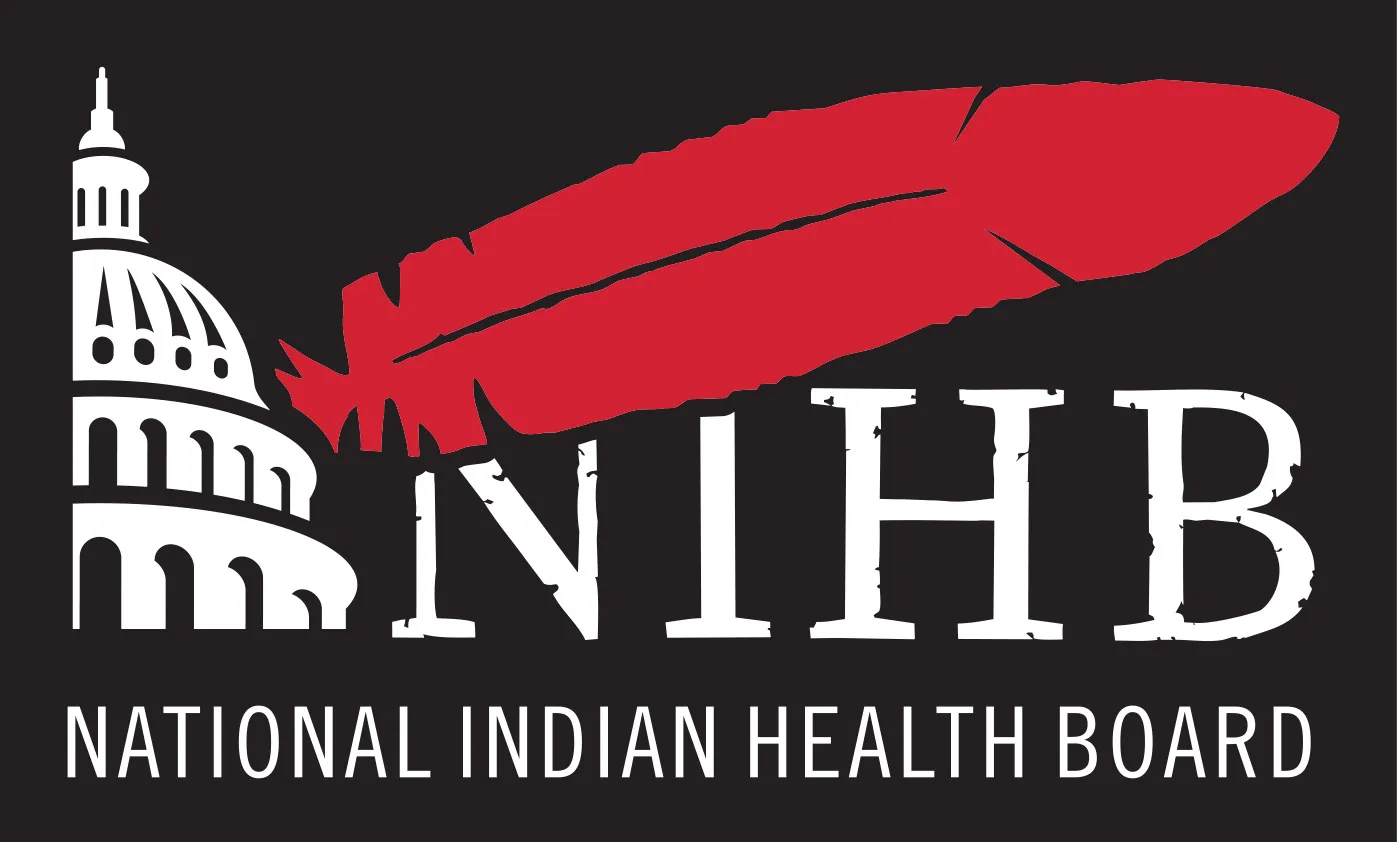Across the country, schools, sports teams, and institutions continue to use Native-themed mascots and imagery – often claiming they are meant to “honor” Native Americans. But for Tribal communities, these depictions do far more harm than good. Native mascots perpetuate harmful stereotypes, contribute to racism, and negatively impact the mental health of Native youth.
A Legacy of Harm
Native mascots often reduce Indigenous cultures to inaccurate symbols and caricatures: tomahawk chops, headdresses, war cries, and images of red-faced warriors. These portrayals are not based on respect or education, but instead on centuries-old stereotypes and colonial narratives that erase the diversity and vitality of modern Native people.
Much of this imagery has roots in deeply racist and derogatory portrayals. For example, the “tomahawk chop,” now infamous in professional and collegiate sports, is not based on any actual Native tradition. It emerged from minstrel-like depictions of Indigenous people as savage, violent, and primitive. Similarly, many mascots were created during eras when Natives were legally banned from practicing their religions, speaking their languages, or even living freely on their own lands.
These mascots were never intended to honor Native peoples – they were created to mock, marginalize, and commodify Native identity for the entertainment of non-Native audiences. Their continued use today perpetuates a cycle of cultural disrespect.
According to a resolution by the American Psychological Association (APA), which called for the retirement of all Native American mascots in 2005, these images “undermine the education experiences of all communities – especially those who have had little or no contact with Indigenous people.” The APA emphasized that such mascots create a hostile learning environment and perpetuate discriminatory behavior towards Native students.
Mental Health Impacts on Native Youth
The damage done by Native mascots goes beyond representation – it affects health. Tribal youth are already among the most at-risk groups in the US for suicide, depression and other mental health challenges. The continued use of Native mascots only adds to this burden.
Research published in Basic and Applied Social Psychology found that exposure to Native American mascots led to lower self-esteem and community worth among Native high school and college students. Even brief encounters with these images can reinforce internalized stereotypes and limit students’ sense of potential.
A Public Health Issue
The National Congress of American Indians (NCAI) and countless Tribal nations have long called for the end of Native mascots. The US Commission on Civil Rights and other national bodies have echoed these calls, recognizing the use of Native imagery as a form of racial discrimination.
In 2022, the National Indian Health Board (NIHB) passed our Legislative and Policy Agenda with a resolution specifically calling for the immediate retirement of Native mascots. The resolution affirmed that such mascots contribute to negative mental health outcomes for American Indian and Alaska Native youth and called for their full removal across all institutions. NIHB recognized the use of Native mascots as “a serious public health and educational justice issue.”
At NIHB, we view the use of Native mascots as a public health issue – one that intersects with racial equity, education, and youth mental health. Just as we fight to improve access to care, address disparities, and uphold Tribal sovereignty, we must also work to protect the mental and emotional wellbeing of our youth by ending harmful practices like Native mascots.
“When our children walk into a classroom or onto a field and see themselves mocked as a mascot, it sends the message that who they are is not worthy of dignity or respect,” said William “Chief Bill” Smith (Valdez Native Tribe), NIHB Chairman. “Our young people deserve representation that uplifts them, not images that dehumanize them.”
Progress and the Path Forward
In recent years, many institutions have responded to community advocacy and retired their Native-themed mascots. However, thousands still remain. Ending the use of Native mascots requires ongoing public education, policy change, and support from allies and leaders in every community.
What You Can Do:
- Advocate for mascot retirement in your local school district or sports team.
- Support Native youth leadership in education and mental health.
- Share accurate resources about Native history and contemporary life.
- Partner with Tribes and Native organization to uplift authentic representation;
It’s not just about a name or a logo – it’s about dignity, respect, and the right of Native people to define their own identities. Help us honor Tribal communities by listening to their voices – not caricaturing them.





